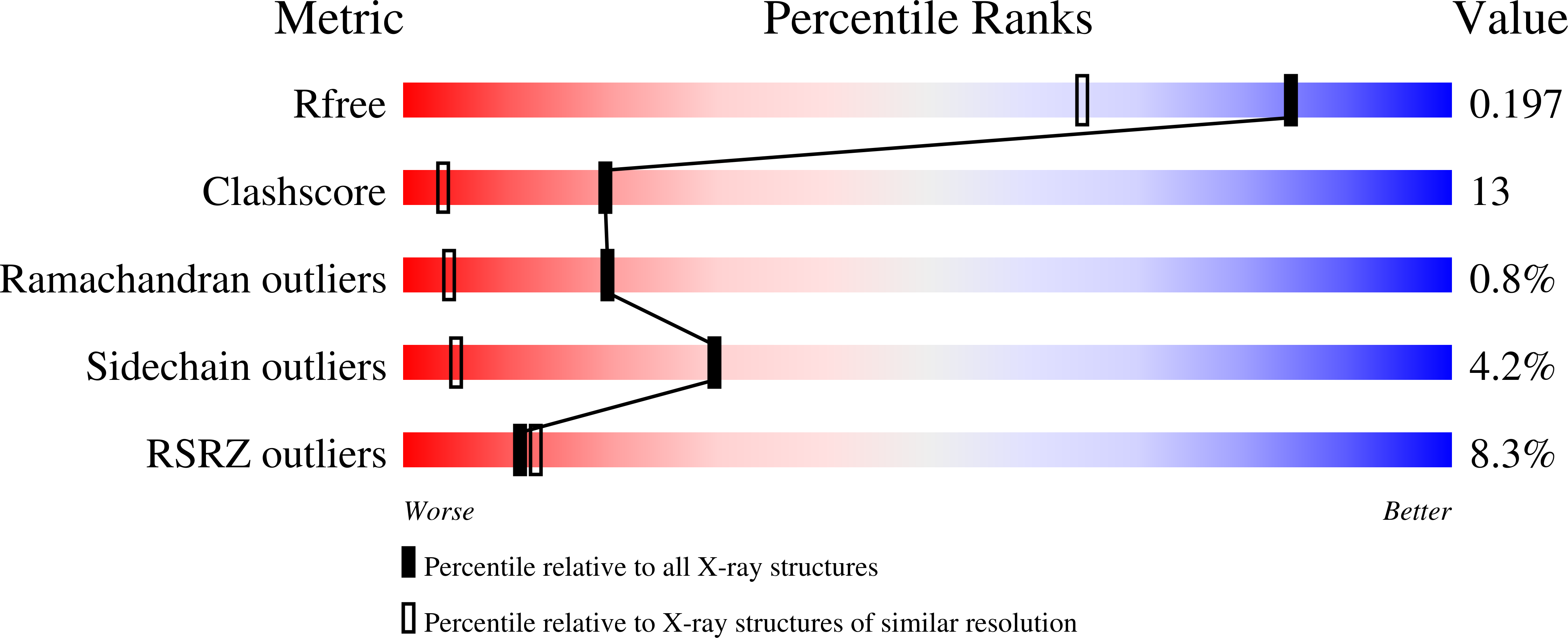
Deposition Date
2019-09-18
Release Date
2021-02-10
Last Version Date
2024-10-30
Entry Detail
PDB ID:
6UD1
Keywords:
Title:
Spectroscopic and structural characterization of a genetically encoded direct sensor for protein-ligand interactions
Biological Source:
Source Organism:
Streptomyces avidinii (Taxon ID: 1895)
Host Organism:
Method Details:
Experimental Method:
Resolution:
1.55 Å
R-Value Free:
0.19
R-Value Work:
0.16
R-Value Observed:
0.16
Space Group:
I 41


